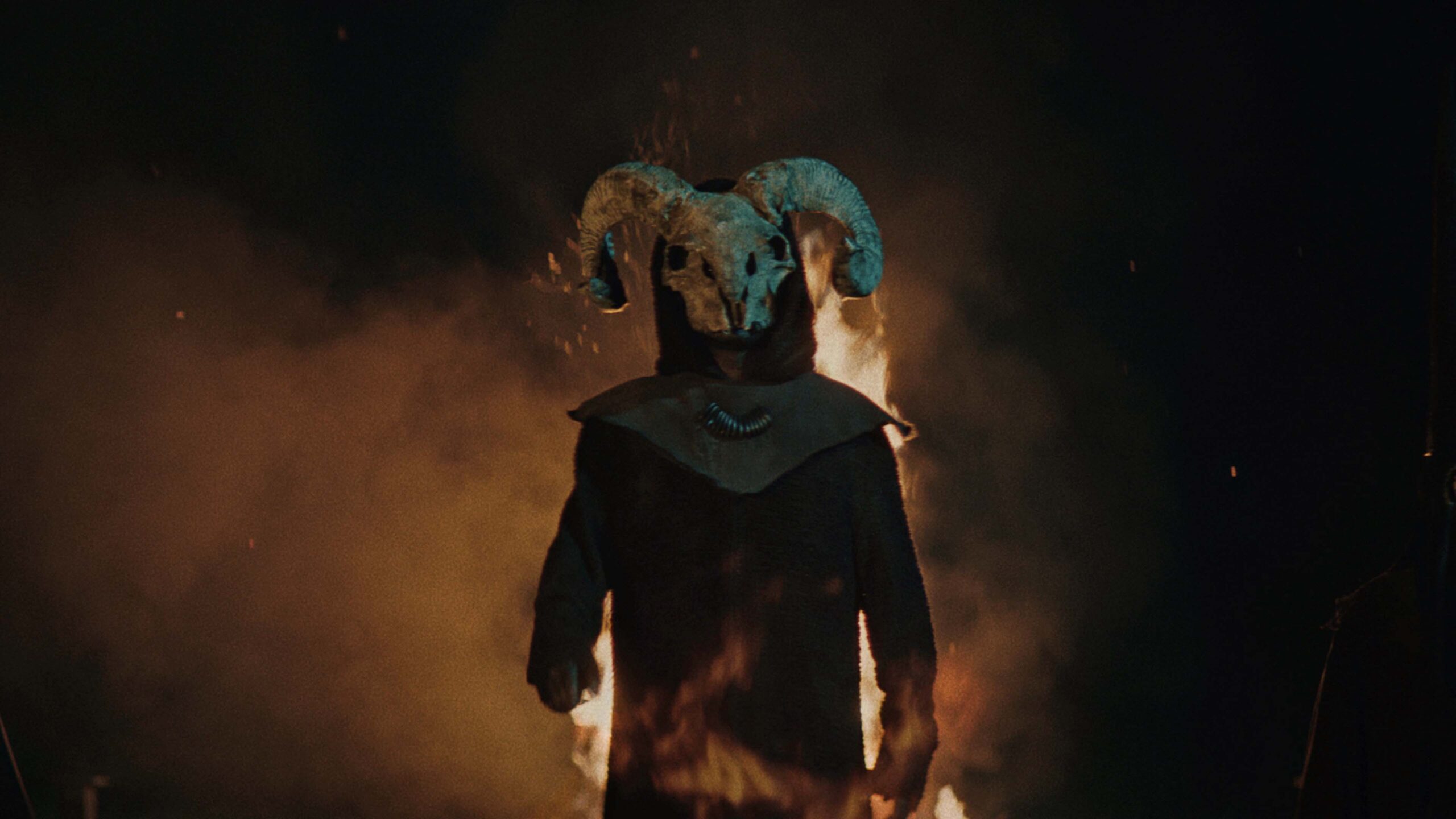Last Looks
by George Wolf
“I looked up and there she was, the dame I thought I’d left behind a lifetime ago. Would she find what she came back for? Well, one thing’s for sure, getting that answer was going to hurt one of us.”
Nobody says that in Last Looks. In fact, there isn’t any leading, dramatic voiceover at all, which turns out to be a pleasant surprise for a neo noir mystery that manages to entertain in spite of its missteps.
Charlie Hunnam (also an executive producer here) stars as Charlie Waldo, a disgraced ex-cop in L.A. who has retreated to a life in the woods with a vow to not own more than one hundred things.
“And you kept that hat?” asks former flame Morena Baccarin (Deadpool‘s Lorena Nascimento). She’s tracked Charlie down with a lucrative offer to get back in the game. It seems celebrated actor Alistair Pinch (Mel Gibson) has been accused of murdering his wife, and the defense team could use Charlie’s old sleuthing skills.
Charlie declines, but when word is leaked that he actually accepted, he hops on his bicycle and heads down to Hollywood to set the record straight, which of course proves harder than he imagined.
Suddenly Morena is missing and presumed dead, and Charlie suffers repeated beat downs while studio bigwig Wilson Sikorsky (Rupert Friend) throws money at him to spend just one day with Alistair before swearing off the case entirely.
Pinch is a blackout drunk who stars as a judge in a gleefully over-the-top show called “Johnnie’s Bench,” and Gibson, like him or don’t, doesn’t waste the chance to be the highlight of the film.
Leaning into lines such as “I’ve gotten married, fathered children and taken out mortgages and not remembered” and being quick to put up dukes at the slightest umbrage, Gibson seems to relish getting cheeky with his own image, and it’s a hoot to behold.
But director Tim Kirkby (Veep, Fleabag, Brockmire) and writer Howard Michael Gould (adapting his own novel) can’t quite decide just how cheeky they want Last Looks to be.
Hunnam brings a solid and sympathetic anchor while the strong ensemble surrounds him with deliciously exaggerated performances, snappy retorts and vampy character names like “Big Jim Cuppy” and “Fontella Davis.” But just when you’re thinking The Nice Guys, Kirkby overdoes the noir shadings with a turn toward L.A. Confidential.
It never reaches either destination, going at least 20 minutes out of its way to end up somewhere in the middle. But when it lands, Last Looks carves out a throwback mystery that’s engaging enough, and – whenever Gibson’s around – even devilish fun.














